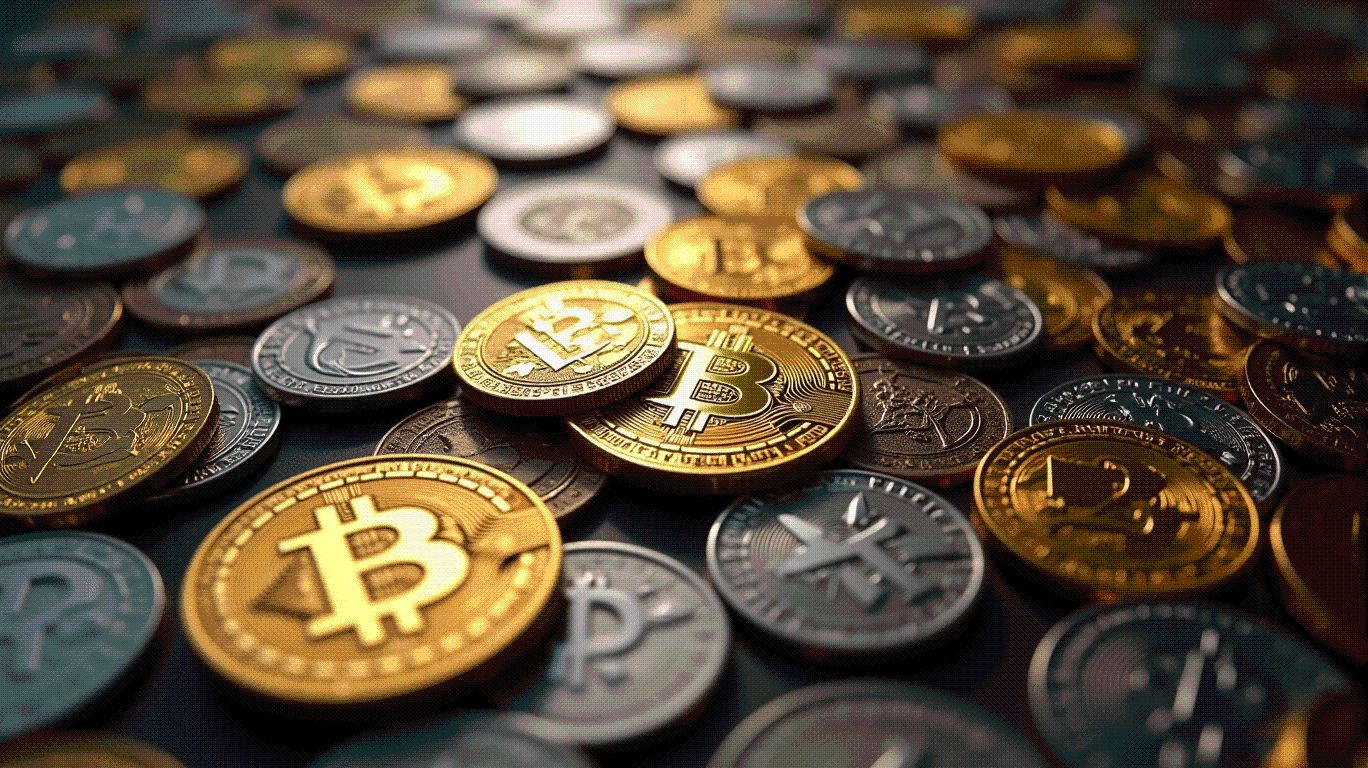Platinum Price Stability in Transparent Jurisdictions: How Quebec's Legal Framework Shapes Investor Trust and Market Outcomes
- Quebec's 2025 LPE law mandates public registration of platinum miners' ultimate beneficiaries, enhancing corporate transparency and investor trust. - The province's civil law framework and ESG disclosures reduced volatility, enabling Quebec producers to outperform peers during 2020-2025 market shifts. - Alignment with global standards like EITI and CSA NI 43-101 reforms strengthened project credibility, contributing to record $2,023/oz platinum prices in Q2 2025. - Transparent jurisdictions like Quebec o
The platinum market in 2025 is no longer driven solely by supply-demand imbalances or macroeconomic cycles. A more nuanced factor—regulatory and legal transparency—has emerged as a critical determinant of price stability and investor confidence. Nowhere is this clearer than in Quebec, where a civil law framework and stringent corporate disclosure requirements have positioned the province as a global benchmark for transparency in the extractive sector. For investors, understanding these legal nuances is key to navigating platinum's volatile landscape and identifying undervalued opportunities.
Quebec's Legal Edge: Codified Transparency and Investor Trust
Quebec's Act Respecting the Legal Publicity of Enterprises (LPE), enacted in 2025, mandates the public registration of “ultimate beneficiaries” for corporations, including platinum miners. This requirement ensures that ownership structures are accessible to investors, regulators, and the public, reducing the risk of hidden stakeholders or opaque governance. Unlike common law jurisdictions, where enforcement of beneficial ownership rules can be fragmented, Quebec's centralized registry under the LPE creates a clear, auditable trail of corporate control.
This transparency has tangible market effects. During the 2020–2025 period, Quebec-based platinum producers outperformed their peers in jurisdictions with weaker disclosure regimes. For example, in Q2 2025, Canadian platinum prices hit $2,023/oz, a level attributed in part to Quebec's alignment with international standards like the Extractive Industries Transparency Initiative (EITI) and the Canadian Securities Administrators' (CSA) revised National Instrument 43-101 (NI 43-101). These reforms, which modernized definitions like “scoping study” and “life of mine plan,” enhanced the reliability of project disclosures, further solidifying investor trust.
The Cost of Opacity: Volatility and Compliance Risks
In contrast, jurisdictions with weaker transparency frameworks face higher volatility and regulatory friction. The U.S. 10% tariff on imported metals, imposed in 2025 following Liberation Day, triggered sharp price swings in opaque markets but had a muted impact in Quebec. This resilience stems from Quebec's proactive alignment with the Corporate Transparency Act (CTA) and its participation in the Autorité des marchés financiers (AMF) regime, which enforces stringent reporting on environmental, social, and governance (ESG) metrics.
For instance, Quebec's mandatory disclosure of payments to Indigenous communities and rightsholders—integrated into its regulatory approach—has preempted conflicts that often disrupt operations in less transparent regions. Such practices align with evolving ESG investor expectations, making Quebec-based firms more attractive to institutional capital.
Strategic Investment Opportunities in Transparent Markets
The platinum-to-gold ratio, a key indicator of relative value, reached a four-year high of $1,200/oz in 2025. This metric reflects not just market fundamentals but also the regulatory environment in which producers operate. Quebec's platinum miners, with their robust compliance frameworks and reduced exposure to policy shocks, are well-positioned to outperform in this climate.
Investors should prioritize firms operating in jurisdictions with:
1. Public beneficial ownership registries (e.g., Quebec's LPE).
2. Alignment with global reporting standards (e.g., CSA's NI 43-101 amendments).
3. Transparent ESG disclosures, particularly regarding Indigenous and community relations.
Conclusion: Legal Regimes as a Hedging Tool
As global markets grapple with regulatory uncertainty, the legal regime in which a platinum producer operates has become a critical factor in its valuation and risk profile. Quebec's civil law framework, with its emphasis on transparency and institutional trust, offers a blueprint for stability in an otherwise volatile sector. For investors seeking to hedge against opacity-driven risks, Quebec's platinum producers represent a compelling value play—one where legal clarity translates directly into market resilience.
In the coming years, the ability to discern regulatory strengths will separate successful investors from those caught in the crossfire of opaque markets. The platinum market's next phase of growth will belong to those who recognize that transparency is not just a compliance burden—it is a competitive advantage.
Disclaimer: The content of this article solely reflects the author's opinion and does not represent the platform in any capacity. This article is not intended to serve as a reference for making investment decisions.
You may also like
Google Cloud's Neutral Blockchain Aims to Redefine Financial Independence
- Google Cloud launches GCUL, a neutral Layer 1 blockchain for cross-border payments and institutional settlements. - Python-based smart contracts and AI-driven compliance aim to lower barriers for banks and fintechs. - CME Group tests GCUL for 24/7 low-cost settlements, with 30% cost reductions in pilot trials. - GCUL differentiates from proprietary systems by enabling open access for competitors like Tether or Adyen. - Platform faces regulatory scrutiny but plans to expand node operations to Amazon/Micro

Bulls Stare Down $0.2167 as SAPIEN's Breakout Hinges on One Crucial Threshold
- SAPIEN Technologies (SAPIEN) surged 24.7% weekly, reclaiming $0.1835 support amid post-consolidation optimism. - Technical analysis identifies $0.2167 as critical resistance; a breakout could validate bullish momentum toward $0.25. - On-chain data shows rising active wallets and accumulation patterns, signaling shifting market sentiment from speculation to long-term holding. - Analysts remain cautiously optimistic but warn of macroeconomic risks and potential corrections linked to broader crypto market v

Solana News Today: Solana's Institutional Breakthrough: Treasuries Surpass $695M as Pantera, Galaxy, and Others Drive the Largest Ever Raise
- Pantera Capital plans to raise $1.25B to convert a Nasdaq-listed company into a Solana (SOL) treasury vehicle, with $500M initial funding and $750M via warrants. - Multiple firms, including DeFi Development Corp and Classover, are expanding Solana holdings, reflecting growing institutional adoption of the cryptocurrency. - Public Solana treasuries now exceed $695M, with Galaxy Digital and others targeting a $1B fund to create the largest Solana-focused reserve to date. - This trend signals a shift from r

Citigroup's Strategic Foray into Crypto: A Catalyst for Institutional Adoption and Financial Infrastructure Innovation
- Citigroup pioneers crypto services via blockchain, strategic partnerships, and regulatory alignment, redefining institutional finance infrastructure. - Three pillars: secure custody, blockchain payments, and institutional platforms address growing demand for digital assets among clients. - Stablecoin custody, cross-border blockchain solutions with Payoneer, and compliance initiatives like Singapore's Project Guardian build institutional trust. - Infrastructure investments create network effects, enabling
